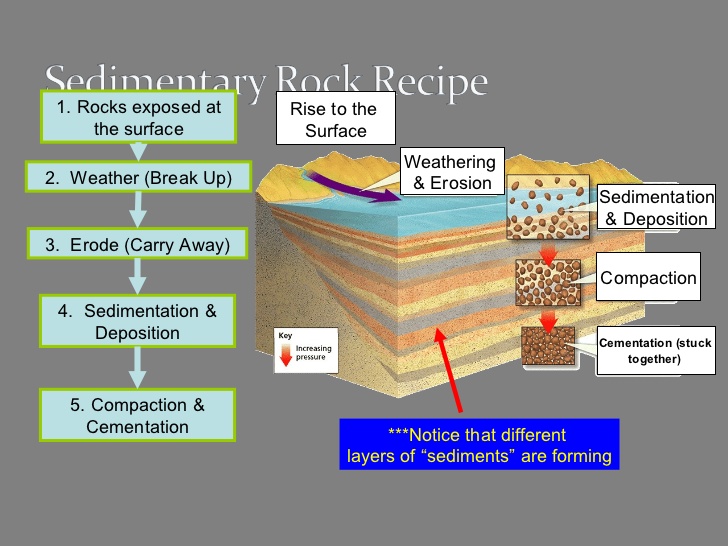

The principle of inclusions: this principle states that if one rock contains fragments of another rock, the rock containing the fragments is younger than the rock from which the fragments came.The principle of cross-cutting relationships: this principle states that if one geologic feature cuts across another, the feature that has been cut is older than the feature that did the cutting.The principle of superposition: this principle states that in an undisturbed sequence of sedimentary rocks, the oldest layers are at the bottom and the youngest layers are at the top.The principle of original horizontality: this principle states that sediment is usually deposited in horizontal layers, and that any deviation from this horizontal orientation is the result of subsequent deformation.There are several principles that are important in stratigraphy, which is the study of rock layers and their relationships. Stratigraphers use a variety of techniques, including field observations, mapping, and laboratory analyses, to study the characteristics of rock layers and the relationships between them.


Stratigraphy is an important field because it helps us understand the Earth’s history and the processes that have shaped its surface. Stratigraphy is the study of rock layers and the layering of rocks.


 0 kommentar(er)
0 kommentar(er)
